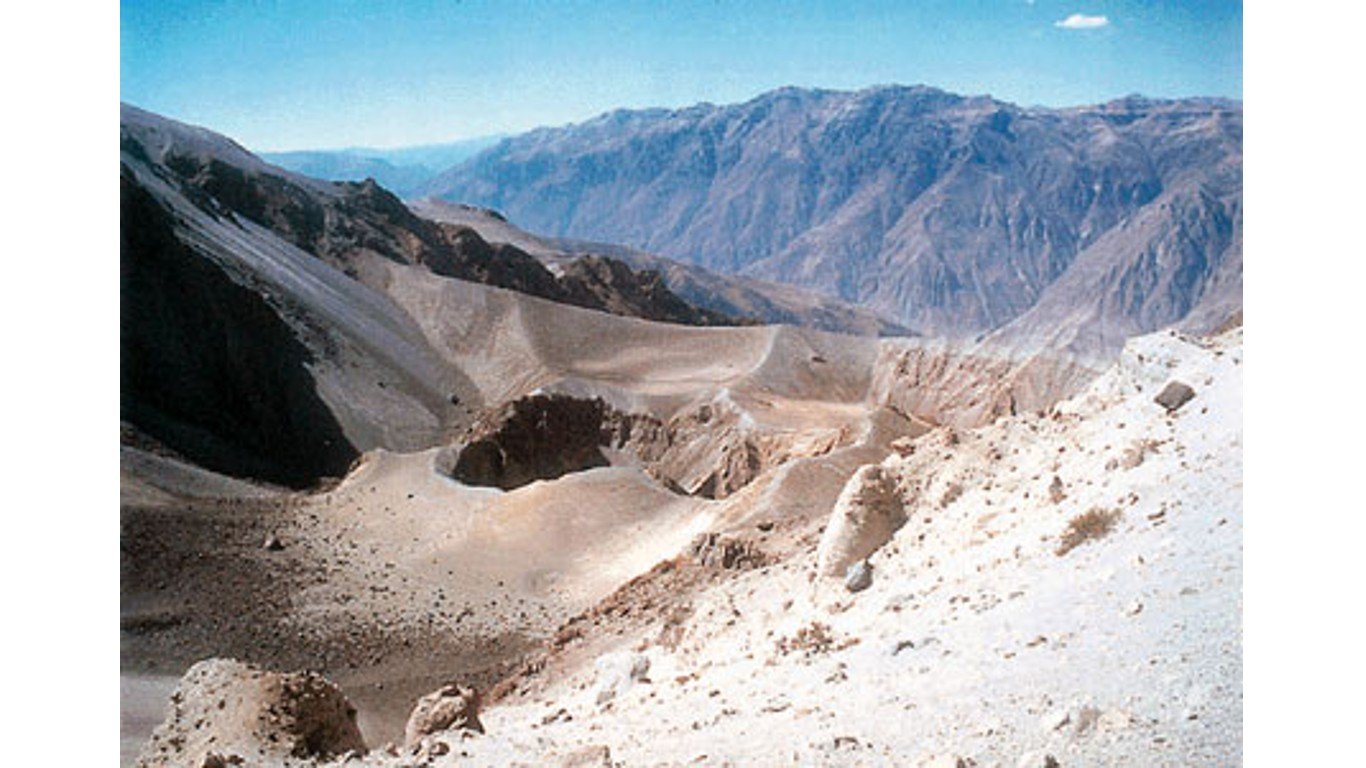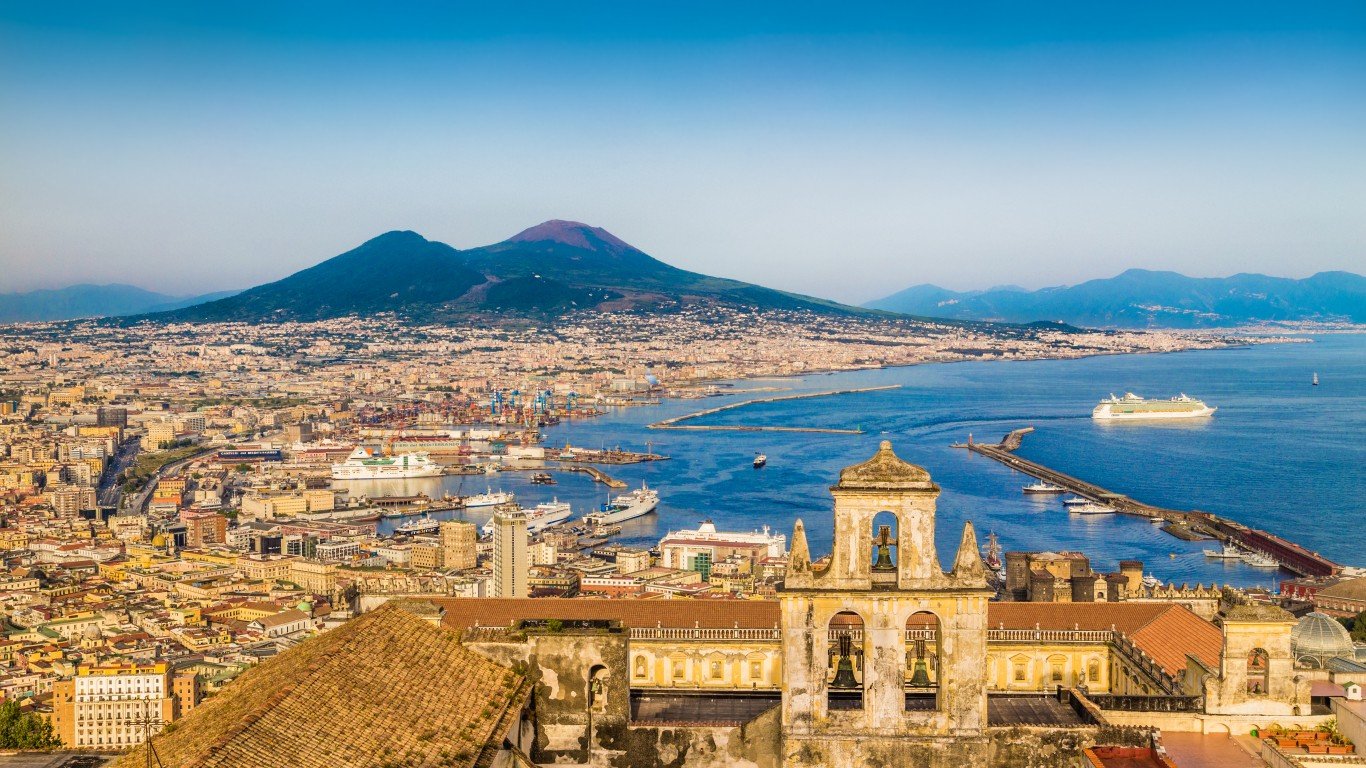
11. Mount Vesuvius
> Year: 79
> Location: Italy
One of the deadliest volcanic eruptions in European history, the VEI 5 eruption of Mount Vesuvius spewed superheated debris and gas 21 miles into the stratosphere, and sent out waves of heat and ash that buried multiple cities and incinerated the surrounding area. Many victims of the blast died instantaneously of thermal shock.
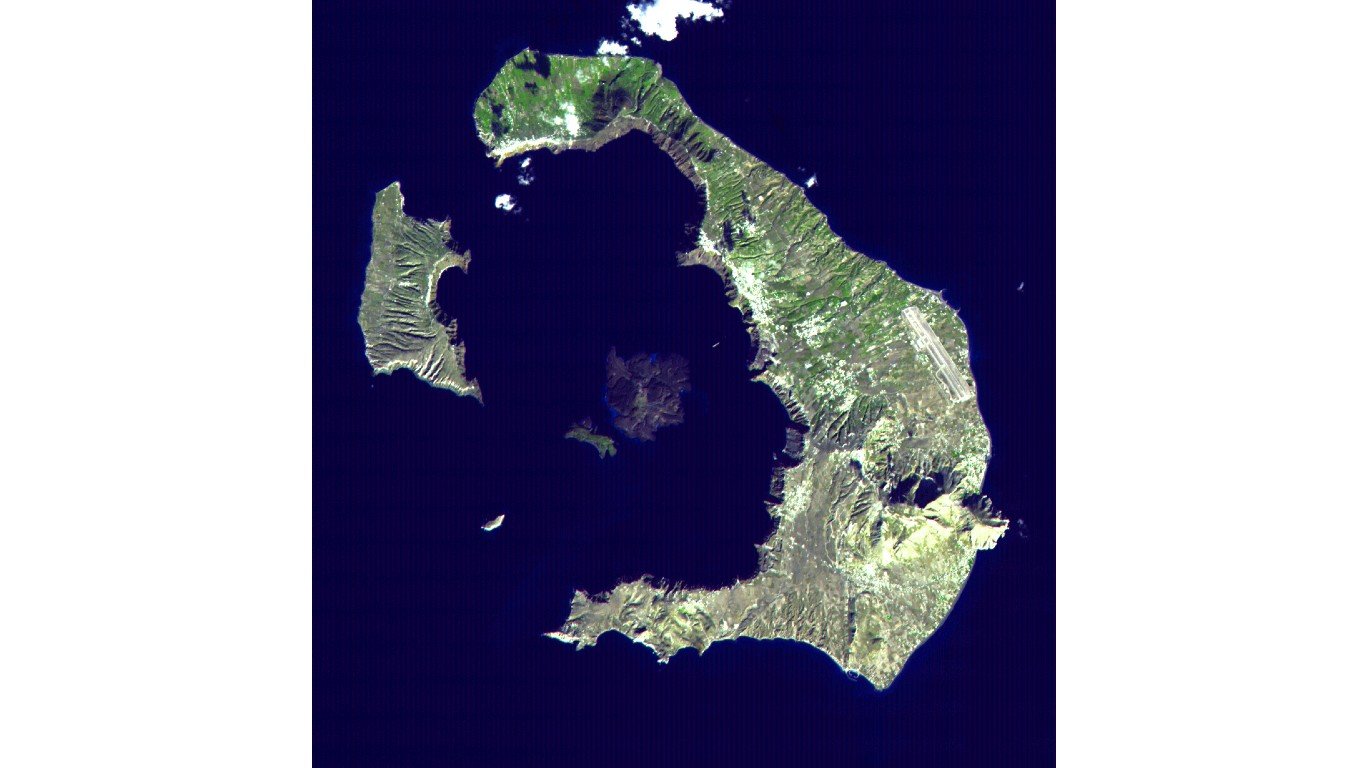
12. Thera
> Year: 1620 B.C.
> Location: Greece
This eruption of the Aegean island of Thera destroyed a Bronze Age Minoan city and caused tsunamis that devastated coastlines as far away as Crete. With a single blast as strong as hundreds of atomic bombs, the Minoan eruption caused a volcanic winter that may have been responsible for crop failures and famine as far away as Egypt and China.
13. Huaynaputina
> Year: 1600
> Location: Peru
The largest eruption in South American history, this blast killed 1,500 people and decimated the surrounding area, burying over a dozen villages under volcanic rock. It also drastically affected the earth’s climate, possibly contributing to the Little Ice Age, and causing cold waves and crop failures as far as Europe and Asia.
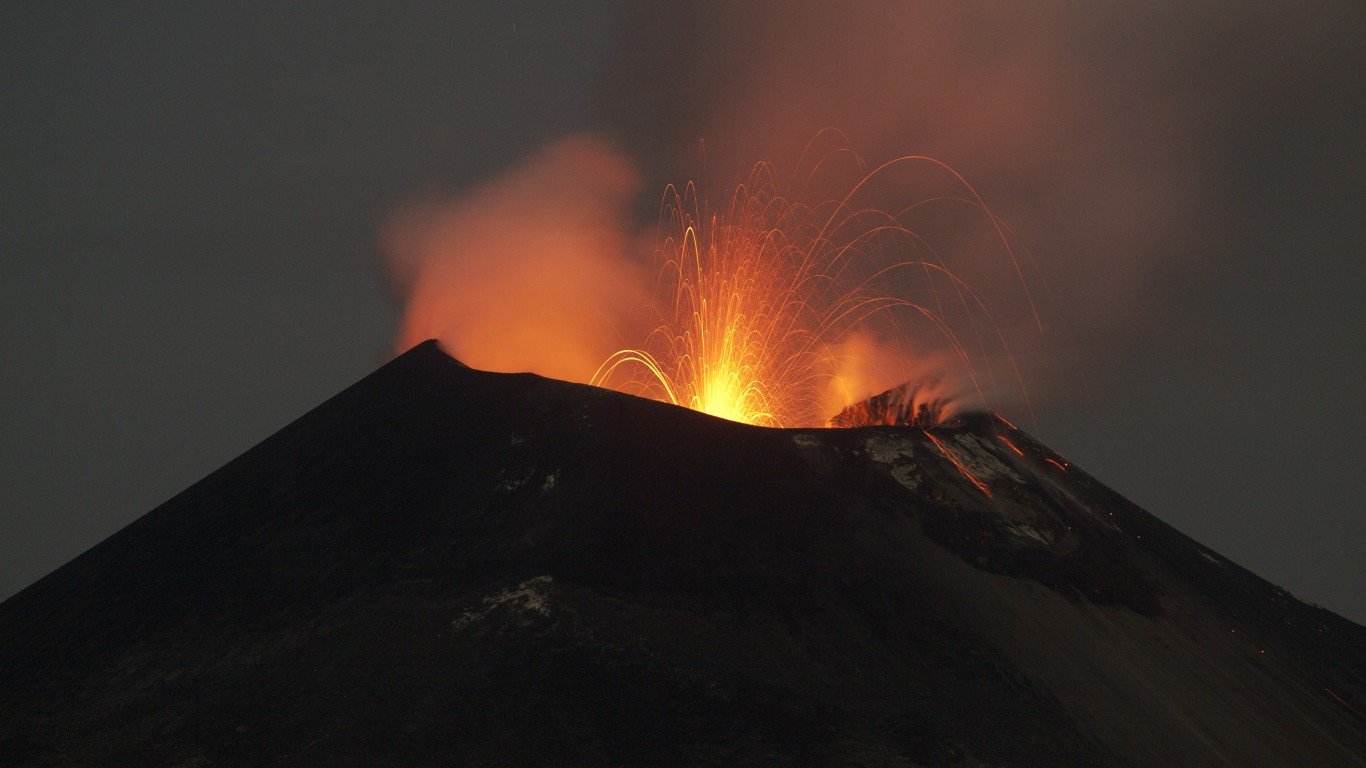
14. Krakatoa
> Year: 1883
> Location: Indonesia
This eruption destroyed the island of Krakatoa and led to hurricane-force winds and tsunamis that killed 36,000 people and wiped out multiple villages, reaching as far as South Africa. The explosions were heard as far away as Australia and on islands in the Indian Ocean.
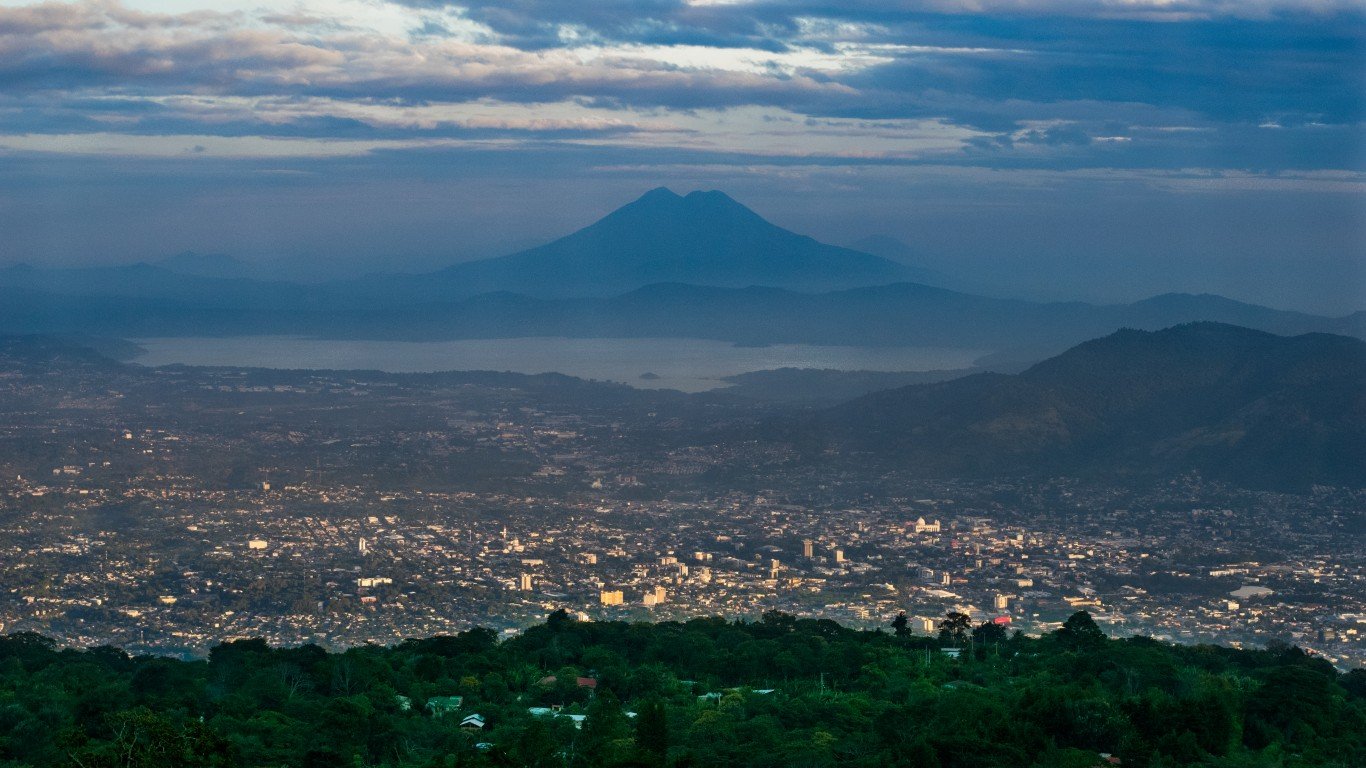
15. Lake Ilopango
> Year: 450
> Location: El Salvador
The eruption that formed Lake Ilopango also emitted massive pyroclastic flows that wiped out numerous Mayan cities and may have been responsible for the civilization’s relocation to Guatemala. The ash and pumice fallout likely made agriculture in the area impossible for decades following the eruption.

 24/7 Tempo
24/7 Tempo